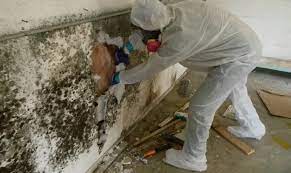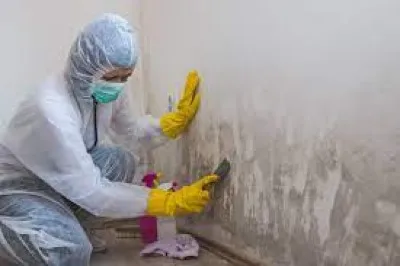Removing mold effectively involves a thorough understanding of the problem and a systematic approach to eradication. This guide outlines essential steps for mold removal, helping you restore a healthy environment in your home.
Understanding Mold
Mold is a type of fungus that thrives in moist environments. It can appear as spots or patches in various colors, including black, green, or white. Mold spores are tiny and can become airborne, leading to potential respiratory issues for those exposed. Common sources of mold growth include leaky roofs, plumbing issues, or high humidity levels.

Identifying the Problem
The first step in mold removal is to identify the extent of the problem. Look for visible signs of mold growth on walls, ceilings, and floors. Check areas prone to moisture, such as bathrooms, kitchens, and basements. Don’t forget to inspect hidden areas like behind wallpaper or under carpets. If you notice a musty odor, it may also indicate mold presence.
Safety First
Before beginning mold removal, prioritize safety. Wear protective gear, including gloves, goggles, and an N95 respirator mask, to avoid inhaling mold spores. Ensure proper ventilation by opening windows and using fans to reduce airborne spores. If the affected area is extensive, consider hiring a professional mold remediation specialist.
Removing Mold
- Contain the Area: To prevent mold spores from spreading, seal off the affected area with plastic sheeting. Use duct tape to secure the edges and keep the area contained.
- Remove Contaminated Materials: Mold can penetrate porous materials like drywall, insulation, and wood. Remove and discard these items if they are heavily contaminated. Place them in sealed bags to prevent spore dispersion.
- Clean Non-Porous Surfaces: For non-porous surfaces such as tiles or glass, clean thoroughly with a mixture of water and detergent. Scrub the area with a brush to remove mold and then rinse with clean water.
- Disinfect the Area: After cleaning, disinfect the area using a solution of water and bleach (1 cup of bleach per gallon of water). Apply the solution with a sponge or spray bottle and let it sit for 10-15 minutes before rinsing. Ensure the area is well-ventilated during this process.
- Dry Thoroughly: Mold thrives in damp environments, so drying the area is crucial. Use dehumidifiers and fans to speed up the drying process. Ensure that all materials are completely dry before reassembling or replacing them.
Preventing Future Mold Growth
To prevent mold from returning, address the root causes of moisture. Here are some tips:
- Fix Leaks: Repair any leaks in your roof, walls, or plumbing promptly.
- Control Humidity: Use dehumidifiers and air conditioners to maintain indoor humidity levels below 60%.
- Improve Ventilation: Ensure proper ventilation in moisture-prone areas by using exhaust fans and opening windows regularly.
- Insulate Pipes: Insulate cold water pipes to prevent condensation and potential mold growth.
- Regular Cleaning: Clean and dry areas prone to moisture, such as bathrooms and kitchens, to prevent mold spores from settling.
When to Seek Professional Help
For extensive mold problems or if mold has penetrated large areas, it’s best to consult a professional mold remediation specialist. They have the expertise and equipment to handle severe infestations and ensure thorough removal.
Conclusion
Effective mold removal requires a detailed approach, from identifying the problem and ensuring safety to thorough cleaning and prevention. By addressing mold issues promptly and taking preventative measures, you can maintain a healthy and mold-free home environment. If in doubt, don’t hesitate to seek professional assistance to tackle severe mold problems effectively.
